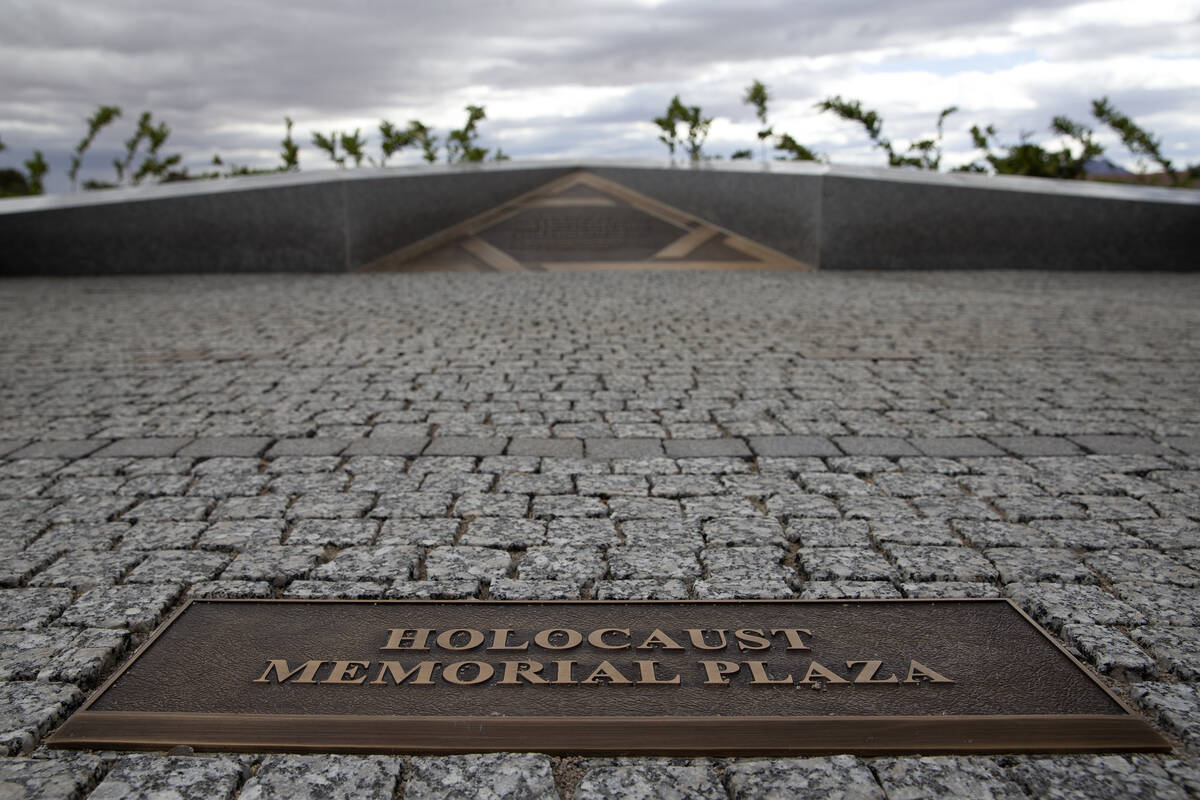Half of Nevadans polled can’t define antisemitism, advisory council finds
Half of Nevadans polled were unable to define antisemitism, a new survey released by the Governor’s Advisory Council on Education Relating to the Holocaust found.
Further, 8 percent of respondents said they believe the numbers of those who died in the Holocaust were exaggerated, with 1 percent of respondents believing the Holocaust is a myth.
Elliot Malin, chairperson of the advisory council, a statutory body that advises public and private bodies, wanted to get a true understanding of the state of Holocaust education throughout Nevada. In order to do so, the council surveyed 1,400 registered voters with the financial support of the Nevada Center for Humanity and Jewish Nevada.
According to the survey’s methodology report, the sample demographics were weighted to “accurately reflect the registered voter population.”
For Malin, staying objective meant excluding high school students from the survey. He feels that high school students are more likely to see things that are “right in front of them, right now” and wanted to see instead how education has served those who are past their high school days.
“Unfortunately, I’m not surprised,” Malin said of the survey’s findings. “There were some glimmers of hope but ultimately we must do better.”
Only 37 percent of Nevadans surveyed were able to accurately state the number of Jews who were killed in the Holocaust. Many who got this wrong gave a number lower than the international best estimate of 6 million.
Though the survey concluded that Holocaust knowledge is low, particularly among younger Nevadans, Malin said that the findings also reveal opportunities to grow.
Part of this growth involves combating an onslaught of misinformation and disinformation. “This isn’t unique to the Holocaust, or to the conflict in the Middle East,” Malin said. His strategy is to welcome conversation.
Malin recalled a day spent protesting in Reno just two weeks after Hamas terrorists attacked Israel on Oct. 7. He said he held a sign reading “Hamas wants dead Jews.”
“One of the individuals came and talked to me,” Malin said. He remembered responding that he felt the person had valid questions. “We should be asking these questions.”
He then recalled a man yelling at pro-Palestinian protesters, saying bigoted remarks. He said he asked him to stop saying things that were hurtful.
“I recognize the pain that my community is in, but I also have to recognize the pain that their community is in,” he said, emphasizing the importance of centering humanity.
The survey also revealed that 30 percent of respondents had seen or heard of Nazi symbols appearing in their communities. This number neared 40 percent when applied to online communities.
The majority of users reported seeing Holocaust jokes on Telegram, which Malin said he wasn’t necessarily surprised by given the encrypted, often anonymous nature of the platform.
What did surprise him was a large amount of the same content reported on Snapchat. This was “really alarming,” he said. “It’s somebody you know, it’s a friend.”
Moving forward, Malin believes in education through collaboration to try and change some of these statistics.
“Holocaust education is not just history — it’s music, it’s literature. It can be cooking,” he said. “We need to be doing things together.”
Contact Estelle Atkinson at eatkinson@reviewjournal.com.


























